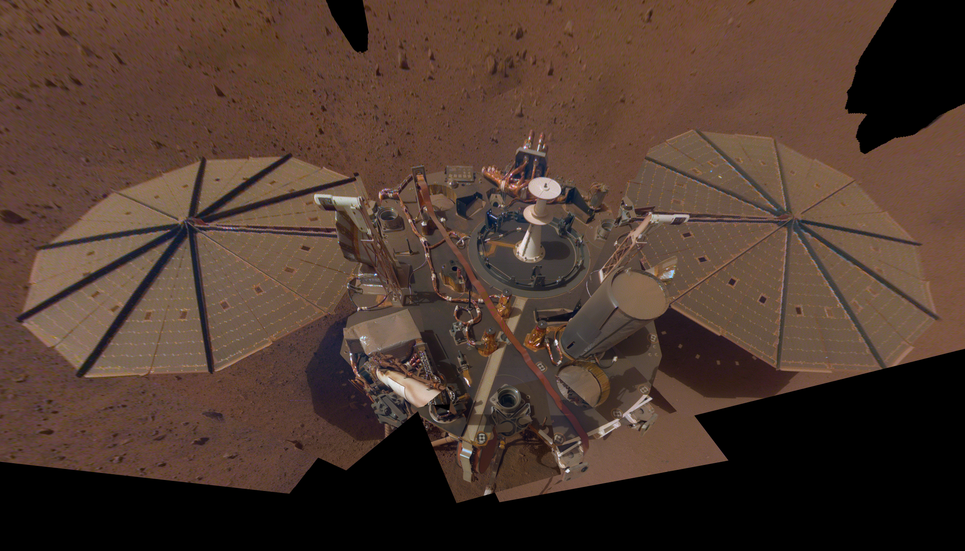Every day we wake up, drink a cup of coffee, and get ready for work. Following are a handful of stories from around the tech world condensed to fit into one single cup of coffee. These are the things you need to know before you step foot out of your door (or in front of a webcam) and into the real world this morning.
So sit back, grab a cup, and start your morning off right with a few “Quick Bytes” from Innovation & Tech Today.
Chrome to Limit Access to Private Networks
Google plans to adapt its Chrome browser to block websites on private servers. According to a report by The Record, the move comes as a result of “security reasons and past abuse from malware operations.” The issue is that browsers have been used as proxies to attack local networks in the past, and this is a step toward patching that weakness. A previous version of the patch is already in Chrome, but will be officially rolled out in two phases this year.
Congressman Hopes to Stop Fed From Creating Digital Currency
U.S. Representative Tom Emmer (R-MN) introduced a bill yesterday that would ban the Federal Reserve from issuing a central bank digital currency direct to retail investors. Emmer argues the Fed “does not and should not” have the ability or authority to open retail bank accounts. He said it opens up the ability to constant government surveillance into the finances of private individuals and likened such a move to China’s digital authoritarianism.
Teen Hacker Claims They Can Control 25 Teslas Around the Globe
A teenage security researcher claims to have control of 25 Teslas spanning 13 countries around the globe. He said he can control lights, windows, doors, power the vehicle on/off, and much more. The specific details of the vulnerability were not disclosed, but he claims it is not within Tesla’s infrastructure or software. He added only a small number of Tesla’s globally are affected by the weakness.
Martian Dust Storm Kicks NASA Rover to Safe Mode
NASA’s InSight Lander on Mars encountered a dust storm that has created a handful of problems. Chief among those problems is that the solar panels are covered rather heavily in dust. The device’s activity has been cut to the bare minimum while figuring out the best approach to move forward. Contact was lost over the weekend but restored on Monday. A very similar incident ended the Opportunity rover’s mission as batteries drained while the device was unreachable. NASA engineers hope by next week the lander can exit safe mode and give them more options as to how to get it back up and running to its capabilities.












